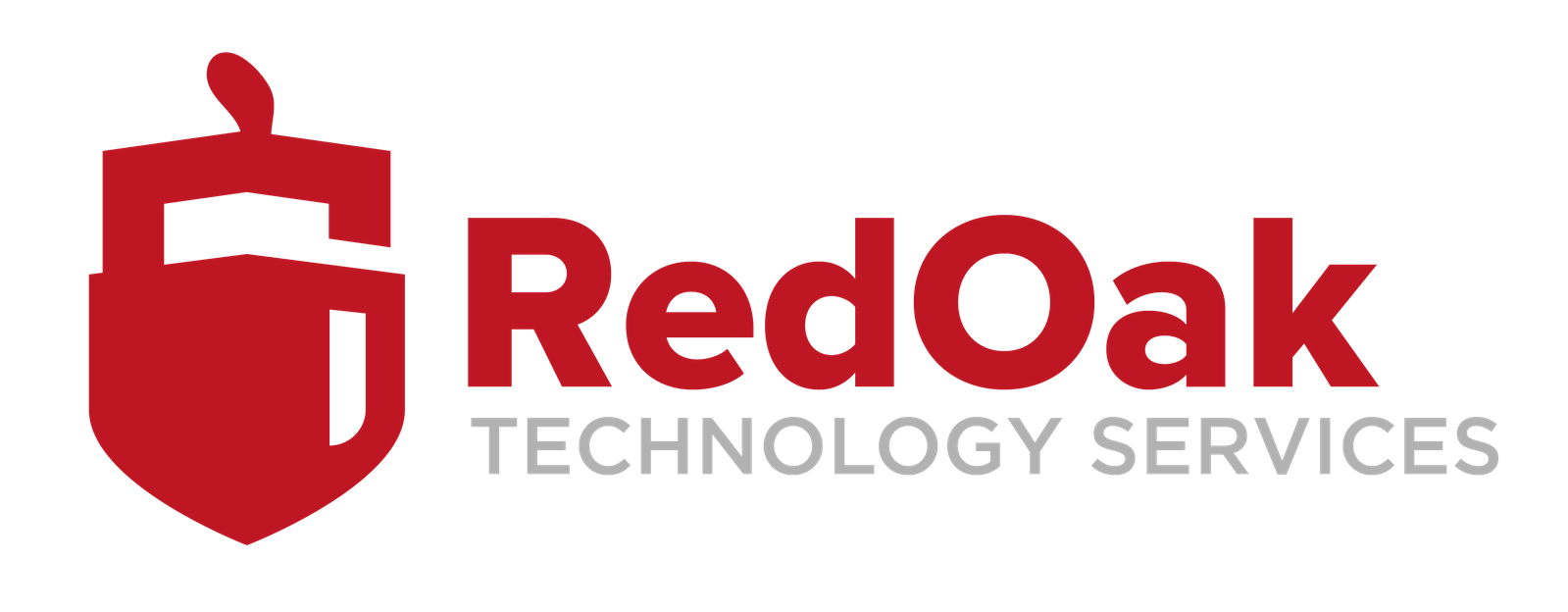In an era where data fuels economies, influences geopolitical dynamics, and shapes business strategies, protecting it is more critical than ever. Organizations and individuals alike face a growing landscape of cyber threats, regulatory complexities, and technological advancements that demand a proactive approach to data security. This article explores emerging threats, key regulatory frameworks like GDPR and CCPA, best practices for safeguarding data, and the transformative role of AI in cybersecurity.
The Evolving Threat Landscape
Cyber threats have become more sophisticated, with attackers leveraging artificial intelligence, automation, and social engineering to exploit vulnerabilities. Key emerging threats include:
Ransomware-as-a-Service (RaaS): Cybercriminals are increasingly offering ransomware tools on the dark web, enabling even unskilled actors to launch attacks. High-profile incidents, such as the Colonial Pipeline attack, underscore the devastating impact of ransomware.
AI-Powered Cyber Attacks: Hackers are using AI to automate phishing campaigns, crack passwords, and evade traditional security defenses. Deepfake technology is also being weaponized for identity fraud.
Supply Chain Attacks: Threat actors are infiltrating organizations by compromising third-party vendors, as seen in the SolarWinds breach. This highlights the need for end-to-end security across ecosystems.
Insider Threats: Employees, contractors, or partners—whether malicious or negligent—can pose significant security risks. Misconfigured cloud storage or weak access controls have led to massive data leaks.
Navigating the Regulatory Landscape: GDPR & CCPA
Governments worldwide are implementing stricter data protection regulations to hold organizations accountable and enhance consumer rights. Two major frameworks shaping global data privacy practices are:
General Data Protection Regulation (GDPR): Enforced by the European Union, GDPR mandates that organizations safeguard personal data, obtain user consent, and report breaches within 72 hours. Non-compliance can result in fines up to €20 million or 4% of annual revenue.
California Consumer Privacy Act (CCPA): This U.S. regulation gives California residents the right to know what data companies collect, request its deletion, and opt out of its sale. It has set a precedent for state-level privacy laws across the U.S.
Compliance with these laws is not just about avoiding fines—it’s a competitive advantage. Businesses that prioritize data privacy build customer trust and differentiate themselves in an increasingly security-conscious market.
Best Practices for Businesses and Individuals
For Businesses:
Zero Trust Architecture: Assume no entity—internal or external—can be trusted by default. Implement strict identity verification and least-privilege access policies.
Data Encryption: Encrypt data at rest and in transit to prevent unauthorized access, even if breaches occur.
Regular Security Audits: Conduct penetration testing, vulnerability assessments, and compliance audits to identify and mitigate risks.
Incident Response Planning: Develop and test a comprehensive response plan to minimize downtime and financial loss during breaches.
Third-Party Risk Management: Vet suppliers, enforce security contracts, and continuously monitor external risks.
For Individuals:
Use Multi-Factor Authentication (MFA): Strengthen account security with an extra layer of authentication beyond passwords.
Beware of Phishing Attacks: Always verify email senders, avoid clicking suspicious links, and educate yourself on common scams.
Limit Data Sharing: Be mindful of the personal data shared on social media and online platforms.
Keep Software Updated: Enable automatic updates to patch vulnerabilities in operating systems and applications.
Monitor Financial Transactions: Regularly review bank statements and credit reports for unauthorized activity.
The Role of AI in Data Security
Artificial intelligence is a double-edged sword in cybersecurity—it is used both for attacks and defense. On the positive side, AI enhances security by:
Threat Detection & Response: AI-powered security tools analyze vast amounts of data in real-time to detect anomalies and prevent breaches.
Behavioral Analysis: Machine learning models identify suspicious user behavior and flag potential insider threats.
Automated Incident Response: AI can quickly isolate infected systems, contain breaches, and initiate remediation measures.
However, adversarial AI is also evolving, with hackers using deep learning to bypass security defenses. Organizations must invest in AI-driven cybersecurity while ensuring ethical AI development to stay ahead of cybercriminals.
A Collective Responsibility
Data protection is not just an IT challenge—it’s a business imperative and a societal responsibility. Governments, businesses, and individuals must collaborate to strengthen cybersecurity frameworks, promote responsible data practices, and embrace innovation in security technologies. By implementing robust protection strategies today, we can build a more resilient digital future.
What steps is your organization taking to enhance data protection? Share your insights in the comments below.
Published by Richard Dosoo.

